How much land would we need?
MizMelody2001
10 years ago
Related Stories
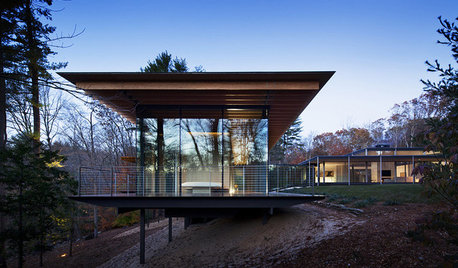
ARCHITECTUREDesign Workshop: How to Make a Home Sit Lightly on the Land
Piers, cantilevers, towers and more can help minimize a home’s environmental impact on its site
Full Story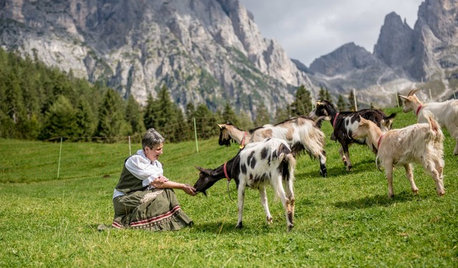
FARMHOUSESWorld of Design: See How 9 Families Live and Farm on Their Land
Join us as we visit the homes and farms of passionate food producers and hear about rural life around the globe
Full Story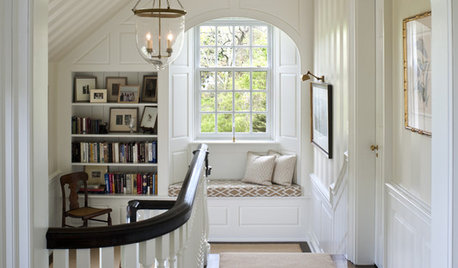
STAIRWAYSHelp Your Stair Landing Take Off
Whether for storage, art, plants or whatever else strikes your fancy, your stair landing can serve your home in a thoughtful way
Full Story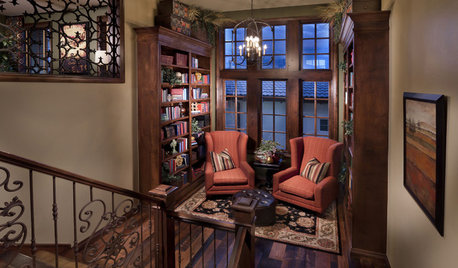
STAIRWAYSStaircase Landings Worth a Linger
Galleries, libraries and reading nooks turn these go-between stairway spaces into invitations to relax
Full Story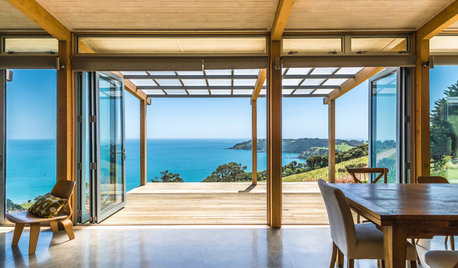
VACATION HOMESWe Can Dream: Maori-Inspired Island Home With Views of Land and Sea
This family vacation house near Auckland, New Zealand, is designed to blend in with its surroundings
Full Story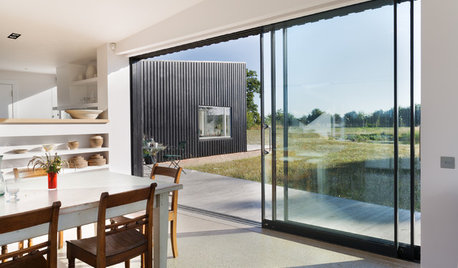
HOMES AROUND THE WORLDHouzz Tour: Modern and Connected to the Land
A strong link with its surroundings was the priority for this house built on a former pig farm in Suffolk, England
Full Story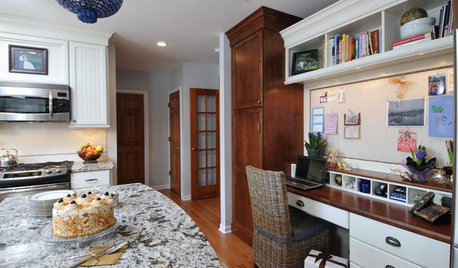
ORGANIZINGCreate a Family Landing Zone
Keep your kitchen table and counters clear with a place designed for mail, bags and keys
Full Story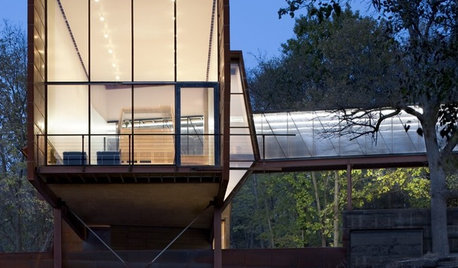
REMODELING GUIDESArchitect's Toolbox: Bridges That Unite Home and Land
Spanning an abyss or meant for a meditative meander, bridges on home sites inspire awe and wonder
Full Story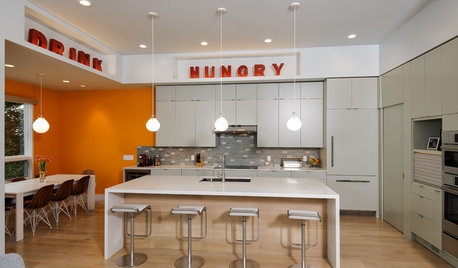
HOUZZ CALLShow Us the Best Kitchen in the Land
The Hardworking Home: We want to see why the kitchen is the heart of the home
Full Story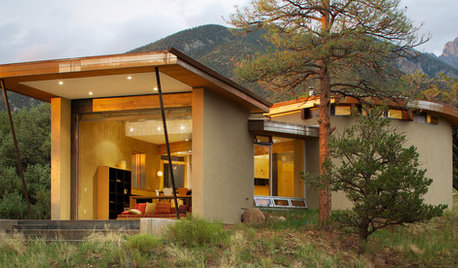
GREEN BUILDING5 Vacation Homes That Live Lightly on the Land
Check out the energy-efficient elements that give these weekend getaways a green touch
Full StoryMore Discussions






soonergrandmom
mulberryknob
Related Professionals
Hershey Landscape Architects & Landscape Designers · La Marque Landscape Architects & Landscape Designers · Lake Oswego Landscape Architects & Landscape Designers · McKinney Landscape Contractors · Columbine Landscape Contractors · Fridley Landscape Contractors · Nutley Landscape Contractors · Pomona Landscape Contractors · River Ridge Landscape Contractors · Lauderdale Lakes Landscape Contractors · Shenandoah Landscape Contractors · Lebanon Decks, Patios & Outdoor Enclosures · Oak Ridge Decks, Patios & Outdoor Enclosures · Pittsburgh Decks, Patios & Outdoor Enclosures · Reading Decks, Patios & Outdoor Enclosureshelenh
mulberryknob
soonergrandmom
Okiedawn OK Zone 7
scottokla